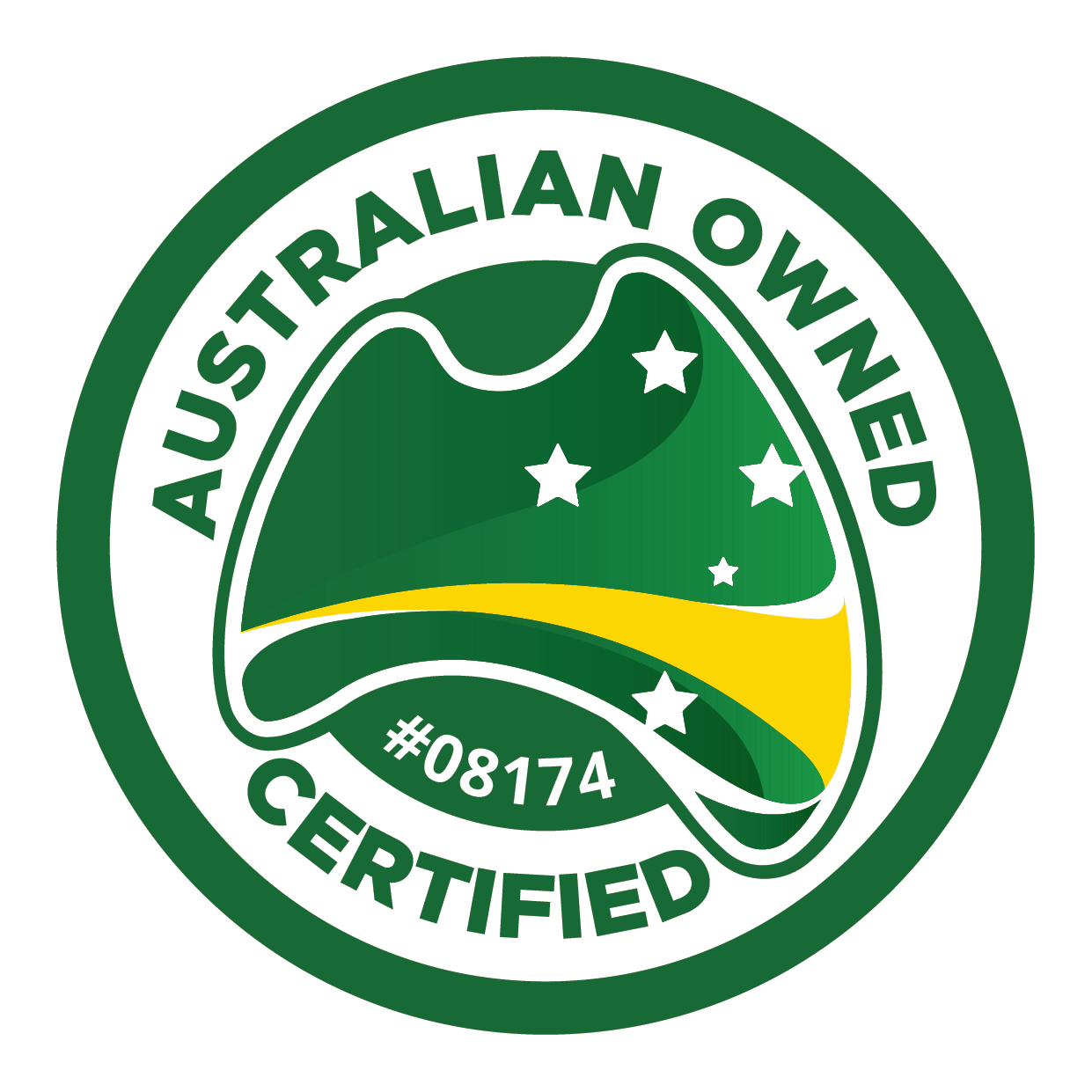VET Delivery to Secondary School Students


Vocational Training offers learners the chance to gain the required knowledge and skills to work effectively in the workplace and be part of the workforce. Vocational education and training (VET) provide this opportunity through industry-developed training packages or accredited courses while learners are still studying at school.
These courses are usually delivered in years 10, 11 and/or 12 (Depending upon when students commence the course). The duration of these programs is usually run over one or two years.
Once a learner is assessed in accordance with nationally accepted standards, the qualification is awarded in full or partial by a Registered Training Organisation (RTO).
It is crucial to remember that the VET qualifications provided to secondary school learners are recognised nationally, and treated as equal to the VET qualification delivered in non-school settings, and held in accordance with the same quality standards.
VET self-assessment tool for schools
The self-assessment tool is designed to assist schools plan, implement and review vocational education and training (VET) programmes that offer nationally recognised qualifications from industry-developed training packages or accredited courses. It can be used by schools across all educational sectors to evaluate and improve the quality of VET delivery and can be applied to individual VET programmes or form part of a whole-school approach to review VET delivered to secondary students.
The self-assessment tool is designed to be used by both experienced VET practitioners and those new to delivering VET to identify areas requiring improvement and support actions to enhance the quality of VET programmes. The tool provides guidance on good practice and directs users to support information and resources based on responses against each section.
It is available to download and read here
http://www.pssfw.myskills.gov.au/media/1299/vet-self-assessment-tool-for-schools-v10-pdf.pdf
Information to training organisation’s to deliver a quality Vocational Education and Training [VET] course to Secondary Students
-
Choose a course that provides clear career pathways to the students to develop their industry-specific skills and make them ‘job ready’ in their industry
-
They must get practical skills and an understanding of a real workplace environment and what can be expected from them.
-
Make sure all your training and assessment materials are of high-quality, compliant and student-focused.
-
Organisations must comply with the third-party agreement requirements, according to their regulatory body
-
It should include “Structured Work Placement – SWP” to offer real-life training and work experience.
-
Provide credit into an apprenticeship by reducing the amount of trade training required and in some instances, reduce the duration of an apprenticeship.
In Victoria, for example, VETDSS (VET Delivered to Secondary Students), previously known as VET in Schools (VETiS), enables the students to gain practical, industry-related skills by combining their senior school studies with a Vocational Education and Training (VET) program.
VETDSS programs:
-
May be undertaken alongside, or as part of the Victorian Certificate of Education (VCE), Victorian Certificate of Applied Learning (VCAL), or a School-Based Apprenticeship/Traineeship (SBAT)
-
Are approved by the Victorian Curriculum and Assessment Authority
-
Are recognised within the Units 1-4 structure of Years 11 and 12
-
Can contribute towards satisfactory completion of the VCE.
School-Based Apprenticeships and Traineeships
-
School-Based Apprenticeships and Traineeships (SBATs) enable students to combine a senior secondary school certificate with part-time employment and training.
-
Like other apprentices and trainees, a school-based apprentice or trainee must have a training contract with an employer and are paid for their work by the employer.
-
School-based apprentices or trainees must be over 15 years old and enrolled in a VCE or VCAL program.
-
The secondary school must acknowledge and endorse a training plan to ensure the training will contribute appropriately to their secondary school studies.
If you need any assistance or have any questions, please feel free to approach us and we will guide you in the right direction.












